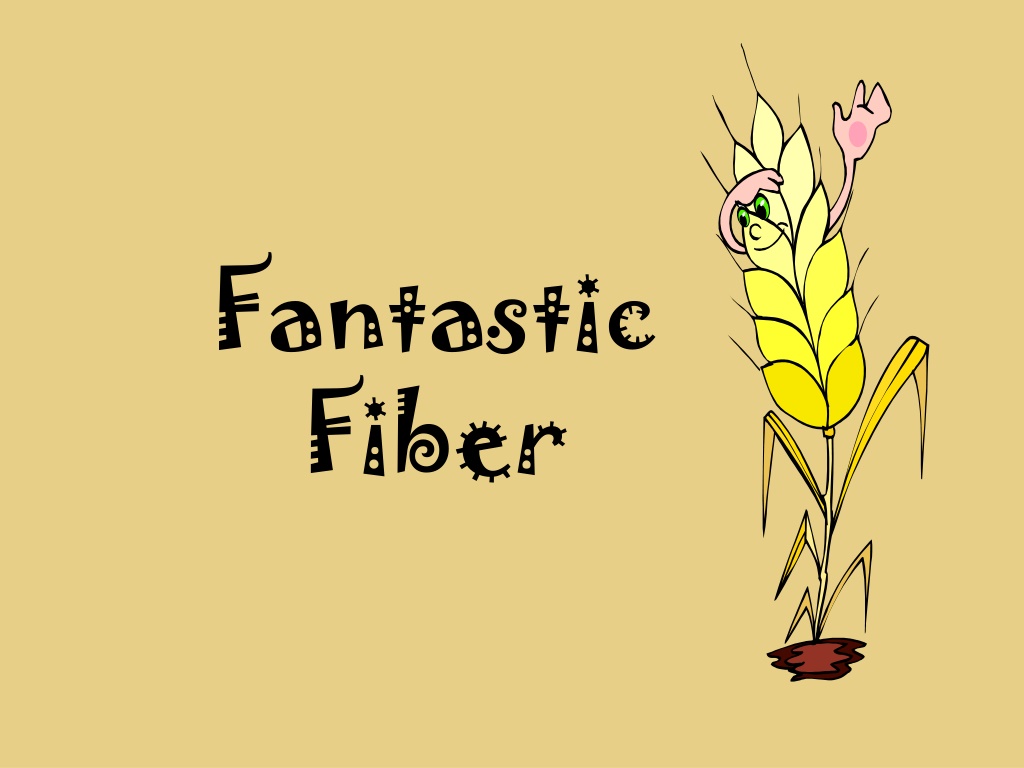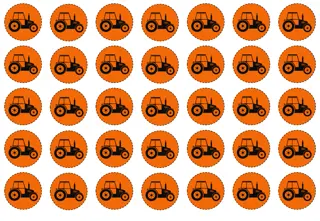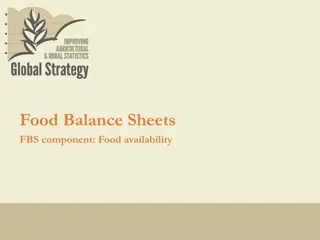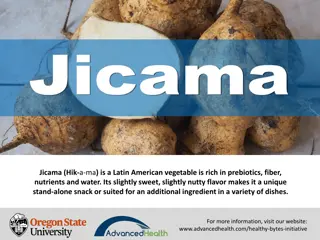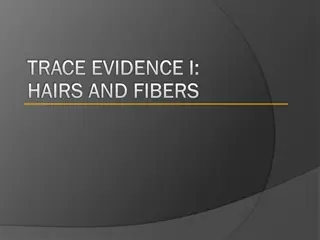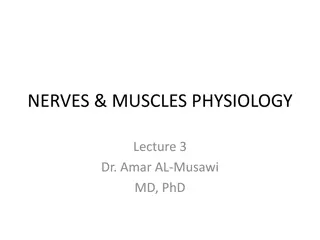All About Fiber: Types, Benefits, and Food Sources
Fiber, known as roughage, plays a crucial role in digestion and waste elimination. This article covers the two types of fiber - soluble and insoluble, their functions, common food sources, and recommended daily intake. Soluble fiber aids in slowing digestion and reducing cholesterol, while insoluble fiber helps with moving food through the digestive tract. Including fiber-rich foods like fruits, vegetables, and whole grains can easily meet the daily fiber requirement recommended by health experts.
Download Presentation

Please find below an Image/Link to download the presentation.
The content on the website is provided AS IS for your information and personal use only. It may not be sold, licensed, or shared on other websites without obtaining consent from the author. Download presentation by click this link. If you encounter any issues during the download, it is possible that the publisher has removed the file from their server.
E N D
Presentation Transcript
Fantastic Fiber
Whats So Good About Fiber? Fiber is also known as bulk or roughage. It helps promote digestion of food, as well as elimination of waste from the body
What are the Two Types of Fiber? Soluble Fiber: - Is only partially digested within the body. Insoluble Fiber: - Is not digested by the body
What do the two fibers do? Soluble Fiber: Slows down digestion Reduces cholesterol Reduces insulin and glucose levels Insoluble Fiber: Helps move food through the digestive track Traps and removes harmful substances from the intestinal track
What are Some Common Examples of Soluble Fiber? Oat Bran Rice Bran Beans Barley Citrus Fruits Apples Oatmeal Peas Strawberries
What are Some Common Examples of Insoluble Fiber? Whole wheat breads Wheat cereals Wheat bran Barley Beets Brussels Sprouts Turnips Apples (eat with skin) Rice Cauliflower Rye
MyPyramid The best sources of fiber in foods come from these three groups in MyPyramid.
Serving Sizes The National Institute of Health recommends that we should get between 25 and 38 grams of fiber per day.
Total fiber intake/day Food (high fiber foods only) Fiber Grams Total Grams Breakfast Cereal, Raisin Bran, 1 cup Snack Apple Lunch Salad with broccoli Brown rice, cup Dinner Baked potato, small Strawberries, 1 cup 5 3 5 8 4.3 5.5 12.3 17.8 4.2 3 22 25
Recap Dietary fiber comes mainly from cereals, fruits and vegetables. There are two types of fiber: soluble and insoluble. We should consume at least 25 grams of total fiber a day. It is not difficult to get enough fiber if we eat whole grain foods and fruits and vegetables.
Mission: To promote healthier lives through research and education in nutrition and preventive medicine. The Pennington Center has several research areas, including: Clinical Obesity Research Experimental Obesity Functional Foods Health and Performance Enhancement Nutrition and Chronic Diseases Nutrition and the Brain Dementia, Alzheimer s and healthy aging Diet, exercise, weight loss and weight loss maintenance Authors: Heli Roy, PhD, RD Beth Kalicki Division of Education Pennington Biomedical Research Center The research fostered in these areas can have a profound impact on healthy living and on the prevention of common chronic diseases, such as heart disease, cancer, diabetes, hypertension and osteoporosis. The Division of Education provides education and information to the scientific community and the public about research findings, training programs and research areas, and coordinates educational events for the public on various health issues. We invite people of all ages and backgrounds to participate in the exciting research studies being conducted at the PenningtonCenter in Baton Rouge, Louisiana. If you would like to take part, visit the clinical trials web page at www.pbrc.edu or call (225) 763-3000. 10/10
